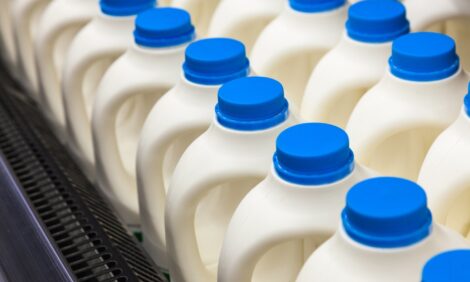



EU cattle herds continue to contract - GAIN
New animal transport rules to further impact cattle exportsSince 2017, the European Union’s cattle herd has been contracting. According to a recent US Department of Agriculture (USDA) Global Agricultural Information Network (GAIN) report, this will continue in 2023 and 2024.
Record high carcass and milk prices have not reversed the contraction. Dairy and beef cattle farmers face reduced profit margins due to high feed, energy, and labour prices. Another challenge for the industry is new regulations imposed by the European Commission that require financial investments and changes in farm management practices. The incessant flow of new requirements creates uncertainty for farmers, limiting their ability to invest. For example, while EU cattle exports, in particular to Turkey, recovered in 2022, upcoming EU Animal Welfare legislation on animal transport is expected to limit future live cattle exports.
In Central Europe, the combination of specific and structural support, rising carcass weights, and falling feed prices is forecast to support a slight rebound in calf production. The Central European herd is expected to expand or stabilise. However, in western EU Member States, the cattle herd is forecast to contract further in 2024 due to the lack of support for the sector.
Based on the smaller cow herd and shrinking supply of young animals, EU slaughter is dropping. Estimated EU 2023 and forecast EU 2024 beef production continue the decline. The limited domestic and global supply of beef is increasing prices, reducing retail and food service sales, and curtailing EU imports of beef - particularly high-quality beef. Due to limited domestic supply, EU beef exports are anticipated to fall.



